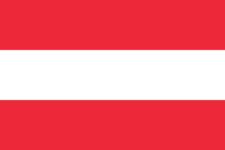What To Expect
Austria is a country known for its historic cities and scenic landscapes made famous by The Sound of Music which was actually filmed and set in Austria! Millions of tourists visit every year to experience everything that it has to offer.
Their first stop is usually Vienna, the capital of the country and a city that is commonly voted as the most liveable in the world. It is full of spectacular Gothic and Baroque architecture as well as many things to see and do thanks to its rich culture.
Other cities that are commonly visited include Salzburg, the birthplace of Mozart and home to the stunning Hohensalzburg Fortress, Innsbruck which is a beautiful city located in the middle of the Alps, and Halstatt, a picturesque mountain village located next to a pristine alpine lake.
Austria is also full of scenic landscapes thanks to the fact that much of the country is located in the Alps. Millions of people go to the Austrian Alps every year in the winter to take advantage of its world-class ski resorts and take in the stunning views.
With so much to see and do, Austria is a great choice for your vacation, regardless of what time of the year you visit!

Austria is part of the Schengen Area which has a single visa policy for all the countries that are in it. Citizens of most developed countries can enter the Schengen Area visa-free for up to 90 days in a 180 day period. If you are not a citizen of a visa-exempt country, you must go to the nearest Austrian embassy and apply for a Schengen Visa to be granted entry.
There are no health risks in Austria requiring any specific travel vaccinations for normal travelers. Make sure you are up to date on your standard vaccinations and consult a health professional for further advice.

This page may contain affiliate links which means I get a small commission, at no extra cost to you, if you make a purchase with them. This helps keep the site running and the travel tips coming! For more info, check out my Privacy Policy & Disclosure.
Key Information
Population: 9 Million
Capital City: Vienna
Languages Spoken: German
Currency: Euro (EUR/€)
State Railway: OBB
Driving Side: Right
Largest Airports:
1. Vienna (VIE)
2. Salzburg (SZG)
3. Innsbruck (INN)
4. Graz (GRZ)
5. Linz (LNZ)
Best Time To Visit
Since Austria is a high-altitude mountainous country, the winters can get quite cold. However, it warms up in spring and autumn and is quite warm and pleasant in the summer.
The best time to visit Austria is during its shoulder months (September – October & April – May) when you aren’t surrounded by a million other tourists and the weather is still quite pleasant. Your flights & accommodation will also be cheaper and you won’t have to wait in long line-ups when visiting some of the main attractions.
Because the weather is at its best in the summer, that’s when most people visit Austria. If you don’t mind the crowds, it is the best time to visit. Just make sure to book your transportation and accommodation in advance to avoid sold-out tickets and fully-booked rooms.
High Season: June – August
Low Season: November – March
Top 5 Destinations

Vienna

Salzburg

Innsbruck
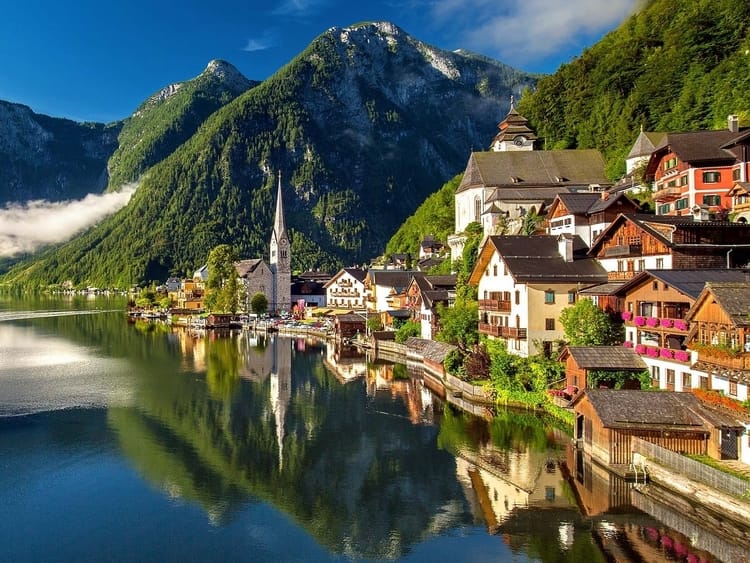
Halstatt
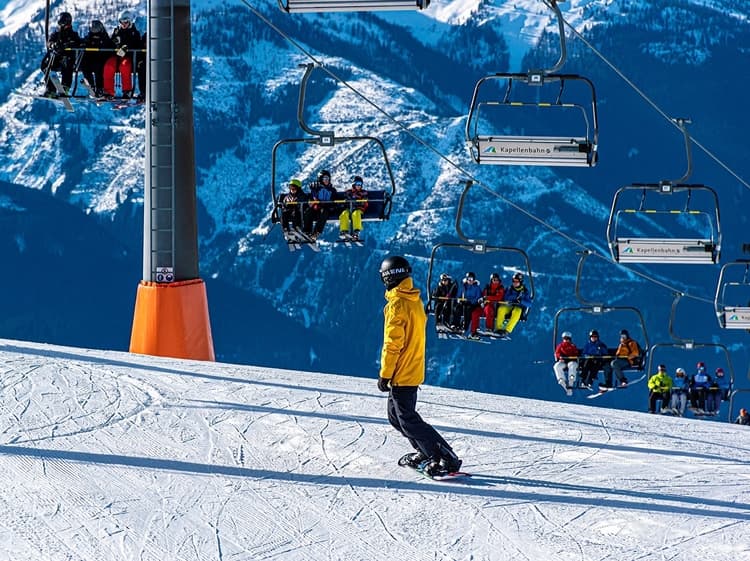
Austrian Alps
Currency Information
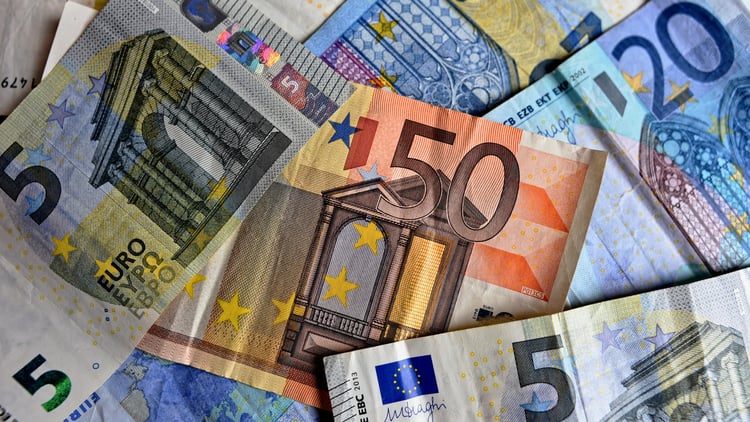
The currency used in Austria is the Euro (EUR/€). The notes come in denominations of 5€, 10€, 20€, 50€, & 100€.
The Euro is further divided into 100 euro cents – “Cent” in German – (c). The coins come in denominations of 1c, 2c, 5c, 10c, 20c, 50c, 1€, & 2€.
Use the currency converter below to determine the latest exchange rate.
Tipping Guide
Tipping is customary in Austria, but at much more modest rates than in countries like the USA. Here are some important guidelines to follow:
Hotel Bellhops: 1-2€ per bag
Hotel Housekeepers: not expected
Restaurant Servers: 10% of the total bill or round up to the nearest whole number (some restaurants may already add a service charge to your bill so keep an eye out for that)
Cafés & Baristas: round up to the nearest whole number
Bartenders: round up to the nearest whole number
Taxi/Uber Driver: round up to the nearest whole number
Tour Guide: up to 5€ per day of the tour
Note: Tips should be left in cash and given directly to the person you want to receive them when you pay your bill as any tips left on card machines or bills go straight to the owners.
Power Outlet Information

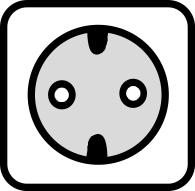
Just like most of Europe, Austria mainly uses the Type C power outlet. In addition, they also use the Type F outlet.
Type C & E plugs can fit in a Type F outlet as long as they are compatible. Make sure your Type C adapter is oval-shaped or you have a Type E/F adapter.
Get your compatible Type C & Type E/F adapter here.
The voltage used in Austria is 230V. Learn more about how this may affect your electronic devices in my Guide to the Top Travel Accessories.

Cellphone Information
Austria has excellent overall 4G LTE coverage, but it can be spotty in rural areas. Make sure your phone is GSM-compatible with at least one of the 3G frequencies and one of the primary 4G LTE bands used in the country to ensure you will always have a connection.
Learn more about this in my Guide to Travel-Ready Phones.
Information about local prepaid SIM cards in Austria
Calling Code: +43
Emergency Number: 112 (Police, Ambulance, & Fire)
3G Frequencies Used: 2100 & 900
4G LTE Bands Used: 3 & 7 (primary) + 1, 8, 20, & 38

